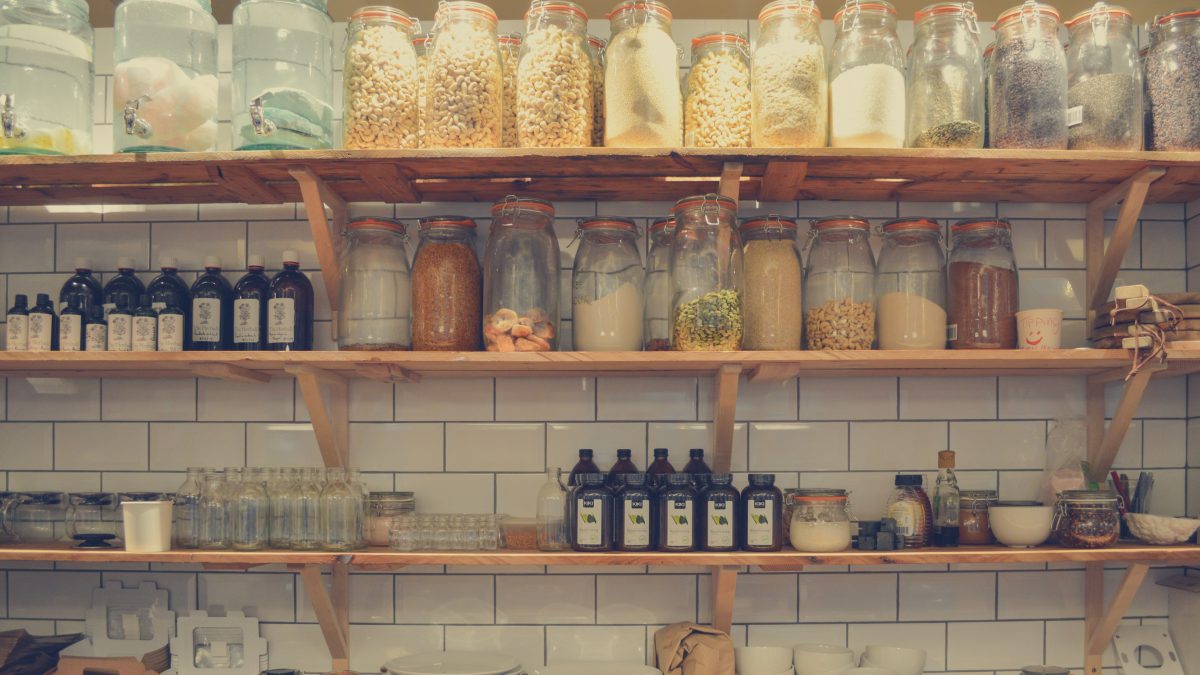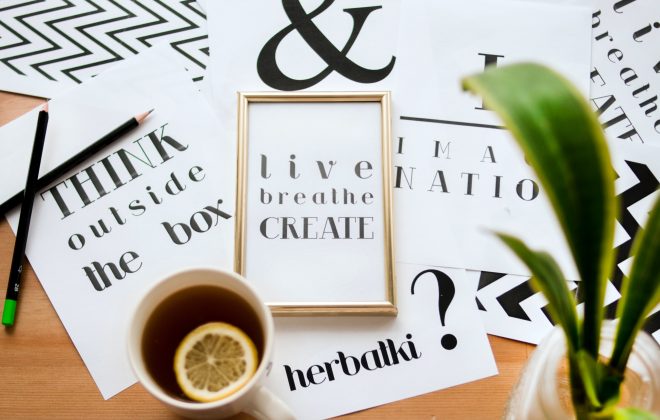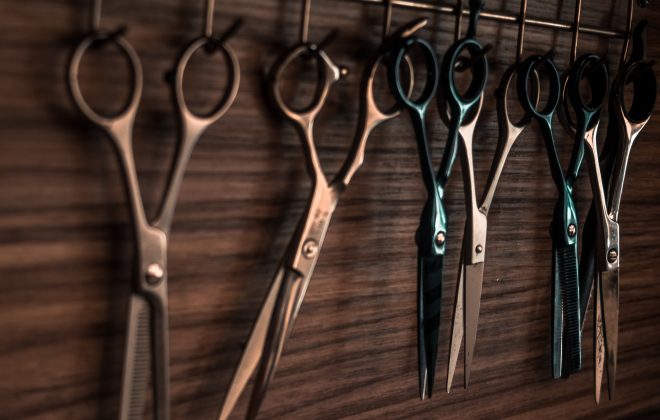Product Packaging: How To Stand Out On The Shelf
Photo by Kokil Sharma from Pexels
Before the product comes the packaging. Whether it’s on a shelf in the shop, or being posted through someone’s front door. Products come in packages. And packaging can play a huge part in influencing purchasing decisions.
So whatever you’re selling, here’s how to make your packaging stand out amongst the crowd.
Be different
Sometimes companies model their packaging on what the market leaders are doing. There are reasons why a business might choose to do this. But for the most part it tends to be a case of simply following the crowd.
A great example of companies mirroring one another in their product packaging is crisps. Over the years, certain flavours of crisps have become aligned with certain colours. And for the most part, no one strays too far from the pack (no pun intended). So traditionally you’ll see red for ready salted, brown for barbecue, and so on.
This doesn’t just go for crisps. It can be the same with any other product. So the trick is to know when to be different and how to be different.
It’s all about balance. You need to be close enough to your competitors that your product is recognisable, but unique enough that it stands out. You don’t want to be so unique to the point of obscurity. But you don’t want to comply with trends to the point of redundancy.
The trick?
Share what makes you unique
Is your product handmade? Organic? Is your packaging made of 100% recyclable materials? Share it! By communicating your product’s unique selling points on the packaging, you’re enticing customers before they’ve even opened the box.
If we think of packaging as a teaser for the product inside, we can start to see it as a piece of marketing in itself. We can think about how it can sell the product. How it can work to hook someone’s attention in a sea of competing products.
Colours and emotions
What do you want people to feel when they look at your product on the shelf? Should it make them feel happy, comfortable, safe, trusting? Think what emotions you’re trying to evoke and consider what colours can be used in order to help.
Thinking more generally, it’s always good to research what colours your competitors are using on their packaging. If your product is going to live on a shelf, it’s important to consider which products it will be sharing that space with. Maybe you’ve noticed that all your competitors’ products are packaged in bright primary colours. So perhaps muting your own colours could be an effective way of standing out.
Be honest, open, and build trust
There’s a lot of suspicion directed towards large corporations these days. People are losing trust for big companies after so many examples of seemingly trustworthy businesses being caught out doing very untrustworthy things.
Herein lies an advantage for honest, trustworthy businesses: you can use your packaging to communicate your honesty and trustworthiness. Maybe you got into business to fight for a certain cause. Perhaps your company donates a certain percentage of profits to charity. Or maybe your product is made from entirely clean and natural ingredients/materials. Whatever it is, include it on the packaging.
Another effective way to build trust through packaging is by developing a suitable tone of voice. The voice of your packaging carries your entire brand personality. So it needs to align with what your brand’s personality actually is.
Serious brand = more authoritative voice. Playful brand = more amiable and friendly voice. Getting the voice and general tone of the packaging correct is essential for building trust. A serious company with a humorous voice may come across as jarring and inauthentic. It’s all about working with what you have.
Justify the value
Supermarket basic brand baked beans are cheap. At the time of writing this, a tin of Sainsbury’s Basics Beans is 25p, whilst a tin of Heinz costs 75p. For now, lets forget about the actual quality of the products and just focus on perceived value. If you go away and look at the designs, you’ll probably agree that each tin looks reasonably priced. If the Basics beans suddenly went up to 75p, chances are you definitely wouldn’t consider that to be reasonable. But if the tin of Heinz went down to 25p, you’d clear them off the shelf.
In this case, the perceived value is all about the aesthetic of the product, and has little to do with its actual quality. It’s about the simple act of looking at how something is presented, comparing that presentation to the price tag, and deciding whether or not it’s worth it.
So your product has to look the part. And if the packaging can make it look more expensive than it actually is, people will be more inclined to buy it. Remember: the more luxurious it appears, the more people are willing to pay.
Red Square Design offers a number of packaging design solutions. If you’d like advice on or help with any of your product packaging, why not get in touch for a free consultation?




